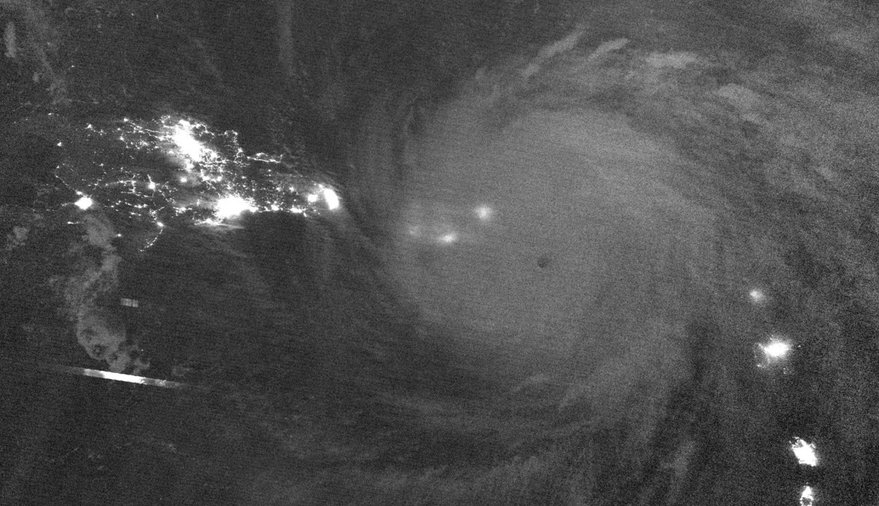SAN FRANCISCO – Raytheon Intelligence & Space is designing a prototype weather satellite for the U.S. Space Force Space and Missile Systems Center that draws heavily on technology from the firm’s Visible Infrared Imaging Radiometer Suite (VIIRS) and Moderate Resolution Imaging Spectroradiometer.
“We leveraged all our capabilities that we’ve matured over the years and our spaceflight heritage to give Space Force about 70% of what VIIRS does for about 25% the cost,” Shawn Cochran, Raytheon Intelligence & Space senior business development manager for Space & C2 Systems, told SpaceNews. “It’s not exactly VIIRS but it has a lot of the key components.”
Through the Electro Optical/Infrared Weather System program, the Space Force seeks to deploy a constellation of satellites to provide weather data before its current constellation of Defense Meteorological Satellites cease operations. Prior to the Space Force’s creation, the U.S. Defense Department determined its highest priorities were detailed and frequently updated observations of clouds globally and weather in military theaters.
The Space and Missile Systems Center announced the award June 3 of three Other Transaction Authority agreements, with a total value of $309 million, to Atmospheric & Space Technology Research Associates, General Atomics Electromagnetic Systems Group and Raytheon Technologies to develop prototypes for the Electro Optical/Infrared Weather Satellite System.
“The Government will select viable vendor designs for a prototype system build and launch for on-orbit demonstration by 2023,” according to a June 3 SMC news release. SMC’s goal for the program is to field operational weather satellites by 2025, the release added.
Like VIIRS, Raytheon’s proposed Theater Weather Imaging and Cloud Characterization satellite will include a day-night band to enable observations at night with illumination from the moon.
“That enables the warfighter to do some cloud characterization at a time where they can’t normally make observations,” Cochran said.
SMC awarded the Electro Optical/Infrared Weather Satellite System funding through the Space Enterprise Consortium. Under Space Enterprise Consortium Other Transaction Authority agreements, competitors must rely to a significant extent on the work of nontraditional defense contractors.
Raytheon has not yet shared the names of its nontraditional partners. However, the partners are helping the company create “a flight prototype and a demonstration on orbit that can be scaled to meet the constellation objectives,” Cochran said.
